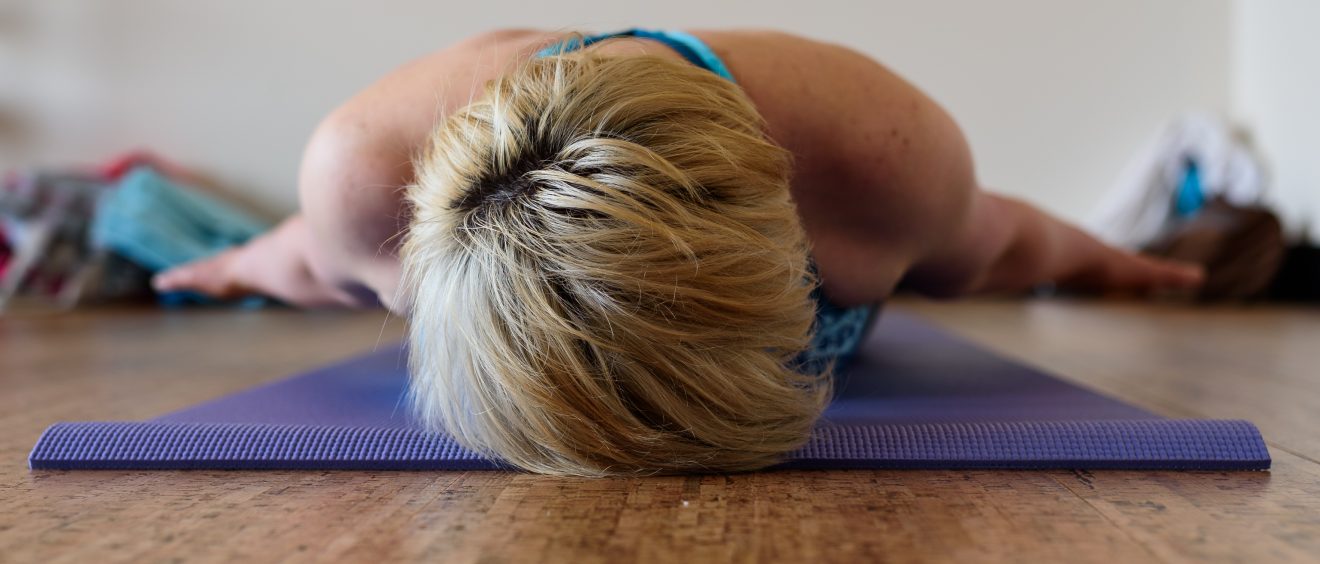
What is Pilates Anyway?
by Faith Wilfley, MD, Stott Pilates-Trained in Mat and Reformer
First, let me start by saying that Pilates is for everyone. That’s right, pretty much anyone, with certain modifications, can do Pilates. From the person recovering from a prolonged illness or long stretch of inactivity, to the elite athlete, Pilates has something to offer all sizes, genders, and fitness levels. In fact, it is a great entry point to increased activity. It teaches proper body position and form, so it is a great way to begin your journey to a more fit life.
I’m getting ahead of myself though. I can almost hear you thinking, ‘seriously, what is it though!’ It is a method of exercise developed by Joseph Pilates (thus, the name) almost a hundred years ago. He called it ‘Contrology’ because the essence of all of the exercises is control. Holding one part of the body stable while moving another part with control. His theory, at that time, was that modern life with its inactivity was leading to illness and poor physical conditioning. Thus, why it’s around almost 100 years later!
What is a mat Pilates class like? Well, above all, hopefully it is fun! If you look in at a class, it looks pretty harmless. A lot of the time is spent laying on the mat. Movements are slow and controlled. Every move, however, is combining breath, core control, balance, and fluid movement. It’s a lot like trying to pat your head and rub your tummy. I tell people it takes about 6 classes before you feel like you are really starting to get it. Did I mention, it’s also a practice in patience?
What do you get out of it?
- Improved core conditioning. And by core, I mean abdominals in the front, deep back muscles, pelvic floor, and diaphragm.
- Improved mobility. Flexibility + Strength = Mobility. The goal of my practice is to get, and keep, people as mobile as possible for as long as possible.
- Improved endurance. A study published in the Journal of Strength and Conditioning Research in March 2010 found that in active middle-aged men and women, basic mat Pilates moves practiced twice weekly for 60 minutes, for 12 weeks, showed statistically significant increases in “abdominal endurance, hamstring flexibility, and upper body muscular endurance.”
- Maintaining spine health, prevention of injuries, and improved body composition are all benefits as well.
How is it different from yoga? I like to think of yoga and Pilates as cousins. They are both mind-body forms of exercise. Both are low impact and will increase flexibility. Yoga practice may include physical postures (movement in and out of postures and held postures), breathing exercises, sound, meditation and philosophical teachings, whereas Pilates was invented as an ‘exercise’ and focuses on controlled fluid movement. Pilates is also very spine focused and the exercises should not have neck extension. Pilates mats are also much thicker, as there is a lot of spinal articulation during classes and a thicker mat provides more comfort.
The only way to truly know what Pilates is like, however, is to come to a class. Just let your instructor know beforehand if you have any history of injuries, or limitations of movement. Hope to see you soon!
Guest blog by Faith Wilfley, MD, Stott Pilates-Trained in Mat and Reformer, is a teacher at 5 Koshas Yoga & Wellness. She teaches on Tuesdays at 9:00 am, starting March 15.
